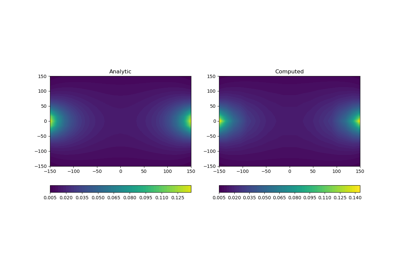simpeg.electromagnetics.static.resistivity.receivers.Dipole#
- class simpeg.electromagnetics.static.resistivity.receivers.Dipole(locations_m=None, locations_n=None, locations=None, **kwargs)[source]#
Bases:
BaseRxDipole receiver class
- Parameters:
- locations_m(
n_loc,dim)numpy.ndarray M electrode locations; remember to set ‘locations_n’ keyword argument to define N electrode locations.
- locations_n(
n_loc,dim)numpy.ndarray N electrode locations; remember to set ‘locations_m’ keyword argument to define M electrode locations.
- locations
listortupleoflength2ofnumpy.ndarray M and N electrode locations. In this case, do not set the ‘locations_m’ and ‘locations_n’ keyword arguments. And we supply a list or tuple of the form [locations_m, locations_n].
- data_type{‘volt’, ‘apparent_resistivity’, ‘apparent_chargeability’}
Data type.
- locations_m(
Attributes
Data type; i.e. "volt", "apparent_resistivity", "apparent_chargeability".
Calculate geometric factor for every receiver.
M and N electrode locations
Locations of the M-electrodes
Locations of the N-electrodes
Number of data associate with the receiver(s).
Orientation of the receiver.
Fields on the mesh
Universal unique identifier
Methods
eval(src, mesh, f)Project fields from the mesh to the receiver(s).
evalDeriv(src, mesh, f[, v, adjoint])Derivative of the projected fields with respect to the model, times a vector.
getP(mesh, projected_grid[, transpose])Get projection matrix from mesh to receivers
Notes
Either pass both locations_m and locations_n arguments, or pass only locations argument.

